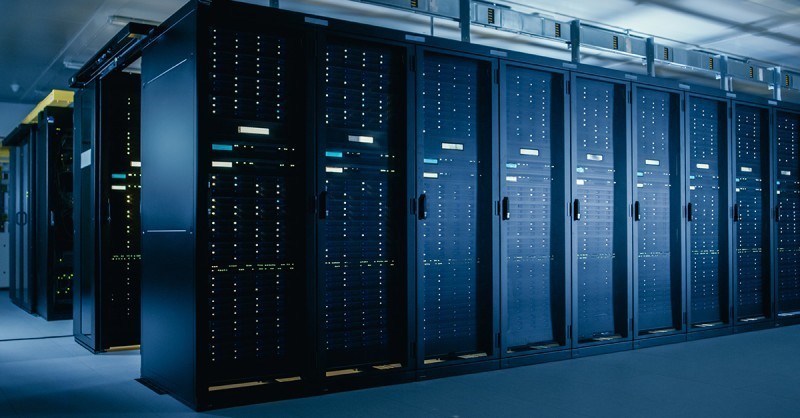This transition has still presented new issues for businesses. Companies have been able to unload much of the burden associated with managing a data center by moving from on-premises data centers to the cloud, which offers access to computing, storage, and network as a commodity. While employing different cloud providers, businesses may maintain or deploy on-premises solutions to host legacy applications or for specialized use cases, such as edge or high-security.
The expectations of the programmers creating future applications are changing just as quickly as the core concept of how a data center offers its services and even its definition. So what comes next? What will the following data center look like? What features and scenarios should it be able to handle? IoT, smart devices, data security, and laws are posing new workload demands that present both possibilities and difficulties. The following characteristics of future data centers are essential.
Data centers with a smaller size
According to a survey, 58% of respondents thought that data centers would be much smaller in the future than they are today. According to 27% of the participants, these data centers will be larger than those used now. In contrast, 14% of the interviewees believe that data centers will remain mostly unchanged. Although data centers also need more storage, you would anticipate that this will lead to more extensive data centers with more power and space. However, density and area are not equivalent. They are distinct from one another and are crucial in this situation. Dense data centers are simpler to run and build than massive data centers.
Option for cooling and power generation
According to experts, data centers of the future will be constructed such that they can provide their cooling and power. Data centers are predicted to be built close to power generation. This will allow the data center to generate the power that they use for themselves. They’ll probably also be constructed near places where we can access natural cooling. This implies that in addition to producing electricity for themselves, future data centers will also be able to dump the heat they make into polar facilities, freshwater isolation systems, or geothermal heat engines.
Decrease in energy use
The future data centers will use less energy than they do now. In 2025, solar energy will provide the data centers with around one-third of their overall power needs. The remaining 2/3 of the electricity will be generated mainly by natural gas, wind, and nuclear energy. Considering how solar power technology has advanced over the years makes sense. It makes more sense because most data centers are skyscraper structures, and there won’t be anything to shade the sun.
Individual clouds
Although all of these firms would want to retain control and not give it up, the move to the cloud is becoming a standard practice. Organizations will need to employ data centers to leverage their cloud infrastructure. Over 28% of the entire amount spent on the cloud was found to be spent on a private cloud, according to an IDC survey. Businesses currently employ software to protect their data in a corporately controlled environment while using a private cloud service.
Computing at a high level
Since it was made available as a service on the open cloud, high-performance computing, or HPC, is now highly accessible. The development and evolution of machine learning (ML) and artificial intelligence (AI) suggest the existence of applications built on these significant technological advancements. The implications for HPC accessibility are that it will become a critical tactic for companies and organizations trying to maintain their cutting-edge advantage as these applications continue to develop.
Conclusion
New architectures like hyper-convergence and the hybrid cloud are taking shape, and data center technologies are still in their infancy. In the future, more businesses will profit from these architectural changes and be able to use far larger capacities and cutting-edge data center management capabilities. Data centers will become increasingly prominent parts of our technological infrastructure in a few years. These are just a handful of the things we predict will happen soon.




